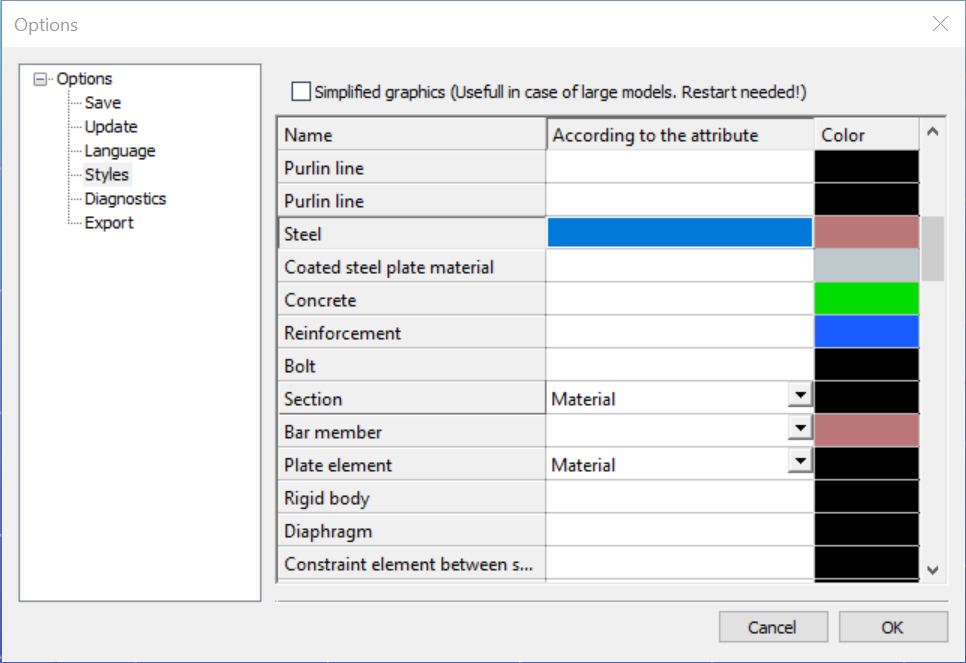Ez a rövid áttekintés mélyebben ás a Consteel megoldásába, egy alternatív szemléletet nyújtva az effektív keresztmetszeti tulajdonságok kiszámításához, és formálva a hagyományos megközelítéseket a szerkezeti elemzés és tervezés területén.
Határozzuk meg a 384-4 gerinclemezű és 300-8 övlemezű kétszersen szimmetrikus hegesztett I keresztmetszet szilárdsági kihasználtságát, amennyiben a keresztmetszet igénybevételei az NEd=500kN nyomóerő és az My,Ed=100kNm hajlító nyomaték. A keresztmetszet anyaga S235 minőségű.
Keresztmetszeti jellemzők számítása
Először vegyük fel a keresztmetszet adatait (szimmetrikus hegesztett I szelvény), amely alapján a Consteel software generálja az EPS (és GSS) (Online Kézikönyv/10.1.1 EPS (vékonyfalú szelvény) modell) keresztmetszeti modellt (1. ábra):
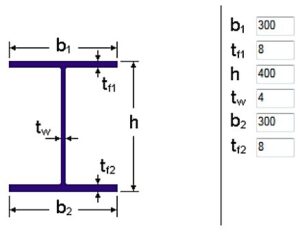
Amennyiben a keresztmetszet 4. osztályba tartozik, az effektív keresztmetszeti modellt a feltételezett normálfeszültségi eloszlás határozza meg. Az EC3-1-1 szerint a 4. keresztmetszeti osztályú szelvény EPS keresztmetszeti modellje kétféleképpen határozható meg:
- A módszer: tiszta igénybevételi állapotok alapján,
- B módszer: összetett igénybevételi állapot alapján.
Először az A módszerrel számoljuk ki a keresztmetszeti tulajdonságokat, majd a B módszerrel.
Keresztmetszeti jellemzők az A módszer alapján
- NEd nyomóerő esetén (2. ábra):
- Aeff=4720mm2

- My,Ed hajlító nyomaték esetén (3. ábra):
Weff,y,min=864080mm3
ez=14.5mm
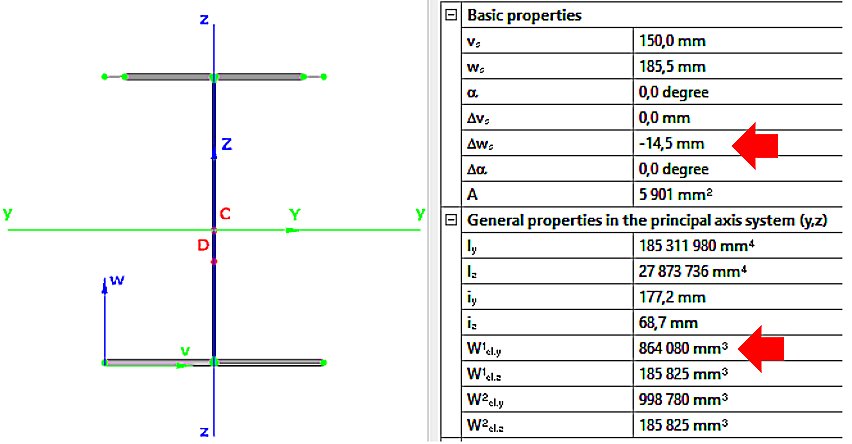
Keresztmetszeti jellemzők a B módszer alapján
GATEA Consteelben a 3. és 4. osztályú szelvények keresztmetszeti interakciós ellenállása az EN 1993-1-1 6.2 képlet módosított változatával kerül kiszámításra, az öblösödés és a komponens ellenállások előjelhelyes figyelembevételével. Lássuk, hogyan…
GATEDid you know that you could use Consteel to perform local and distortional buckling checks for cold-formed members?
Download the example model and try it!
Download modelIf you haven’t tried Consteel yet, request a trial for free!
Try Consteel for free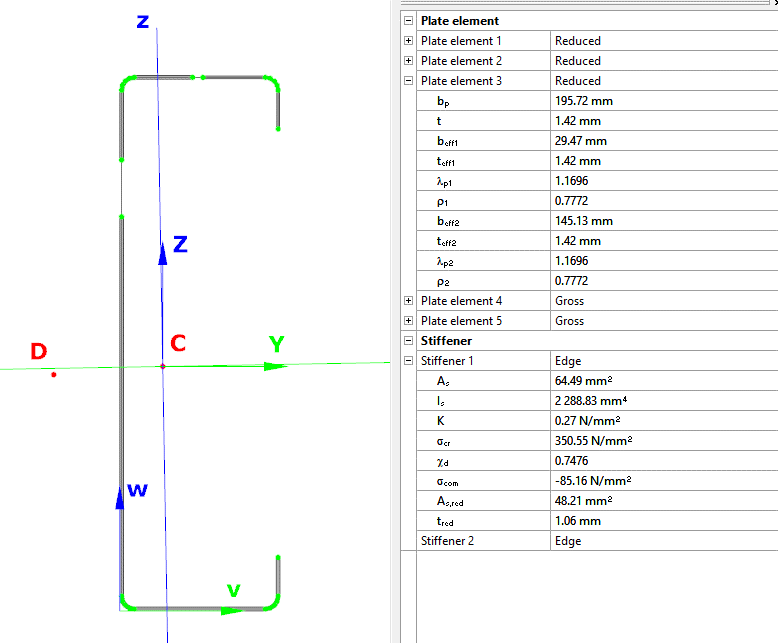
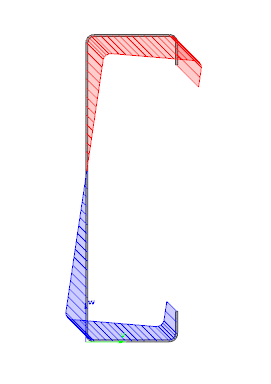
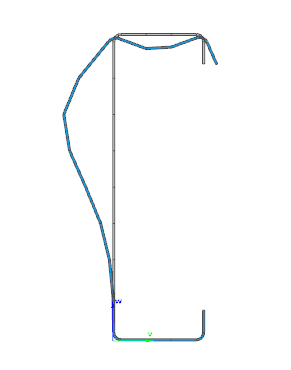
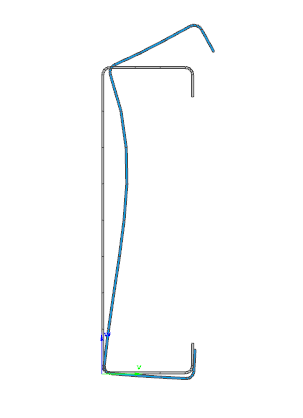

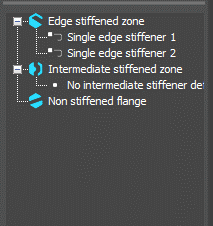
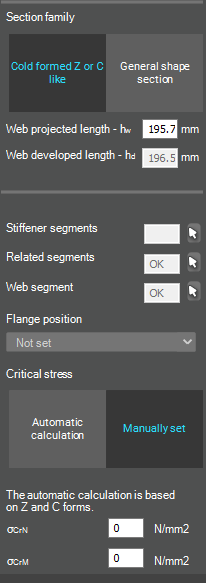
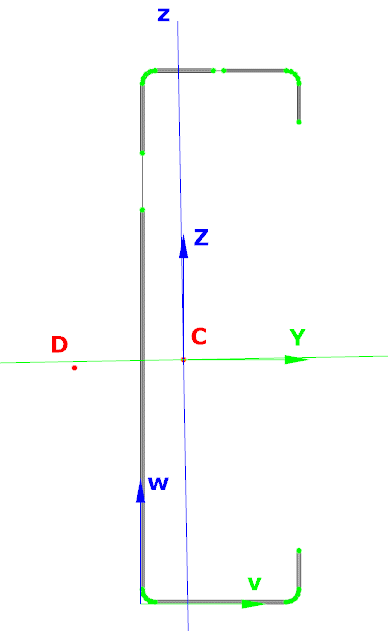
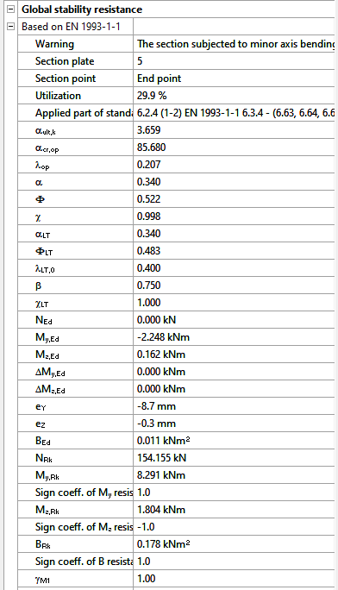
Did you know that you could use Consteel to calculate effective cross-section properties for Class 4 sections?
Download the example model and try it!
Download modelIf you haven’t tried Consteel yet, request a trial for free!
Try Consteel for free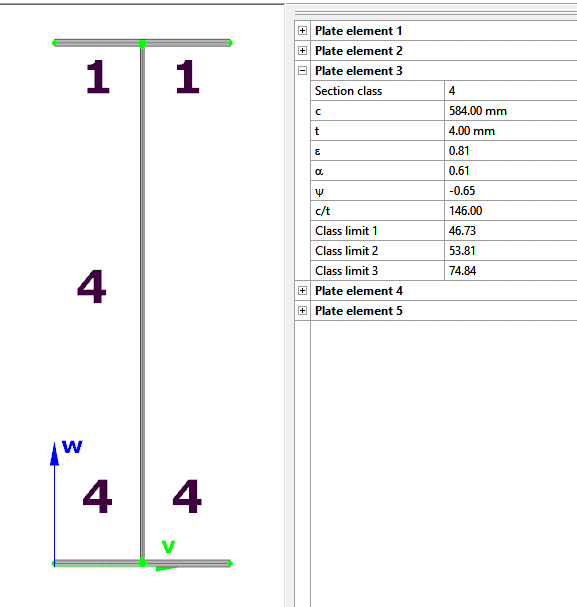
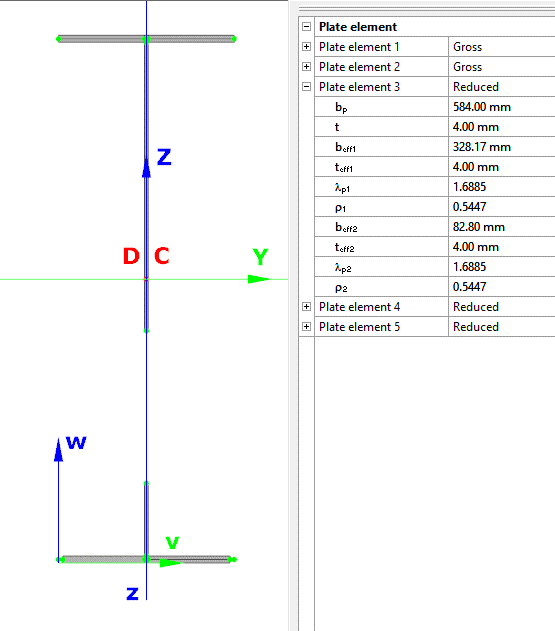
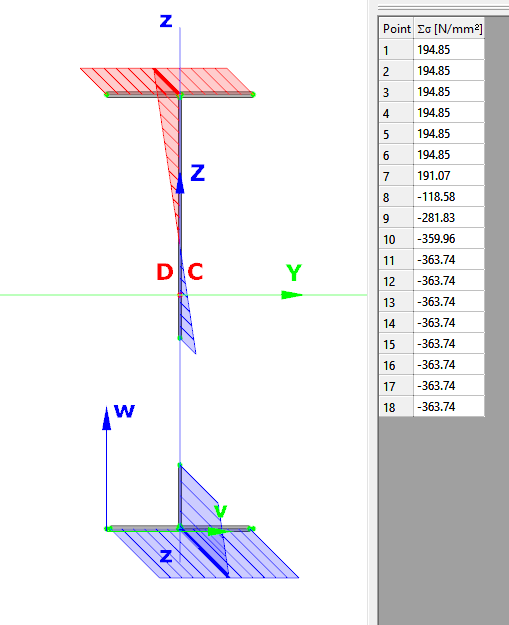
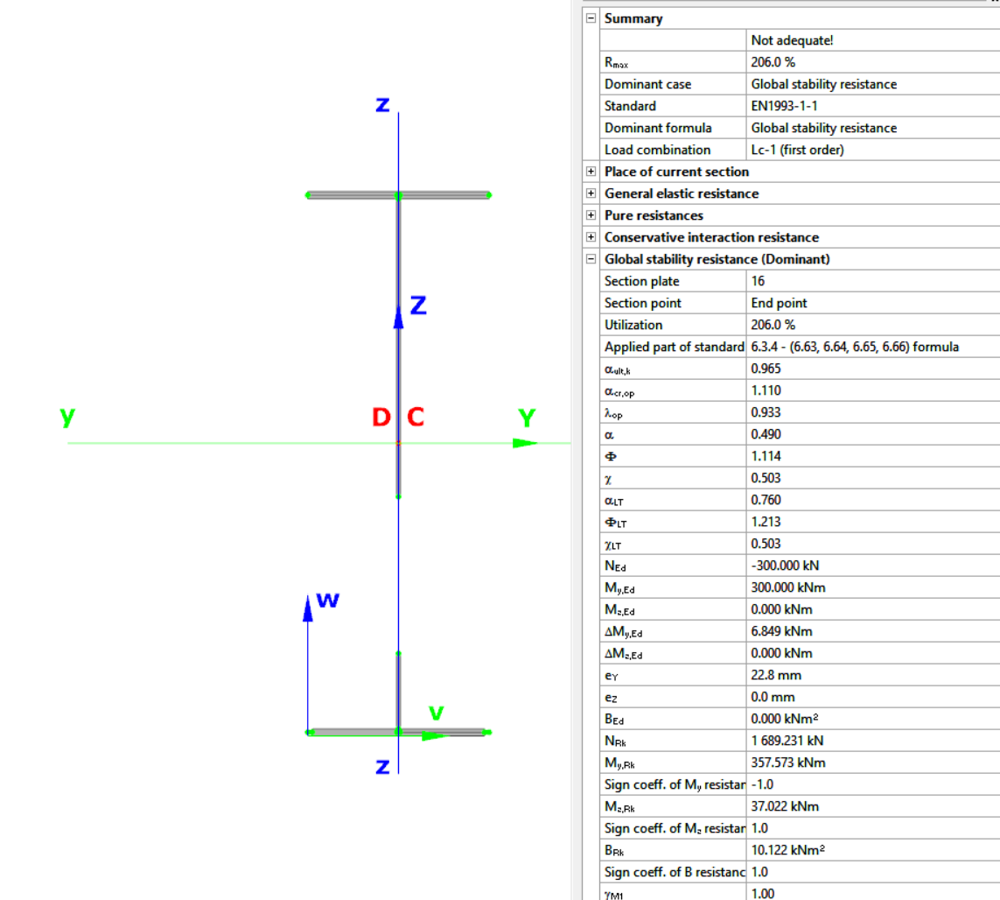
Did you know that you could use Consteel to draw a user-defined cross section and calculate its section properties?
Download the example model and try it!
Download modelIf you haven’t tried Consteel yet, request a trial for free!
Try Consteel for free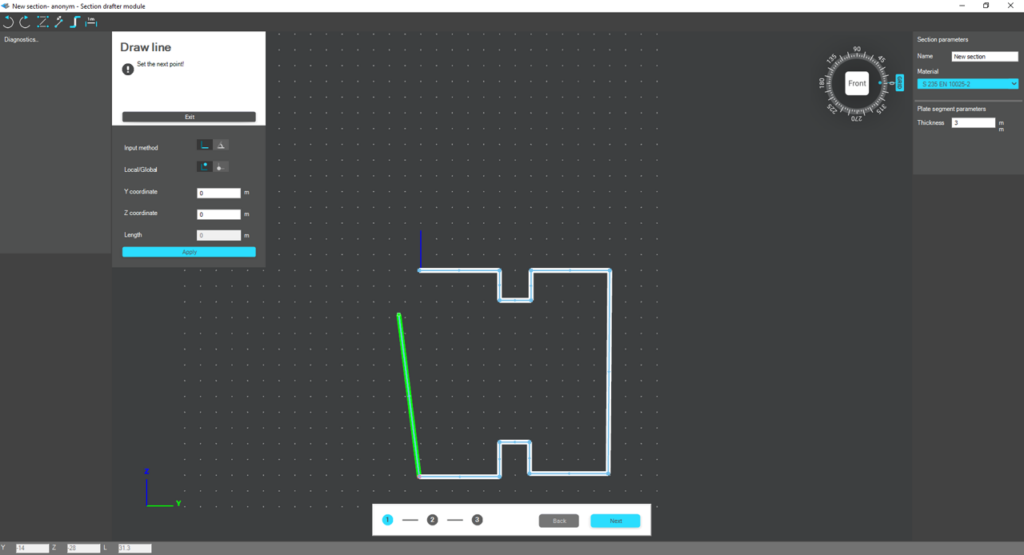
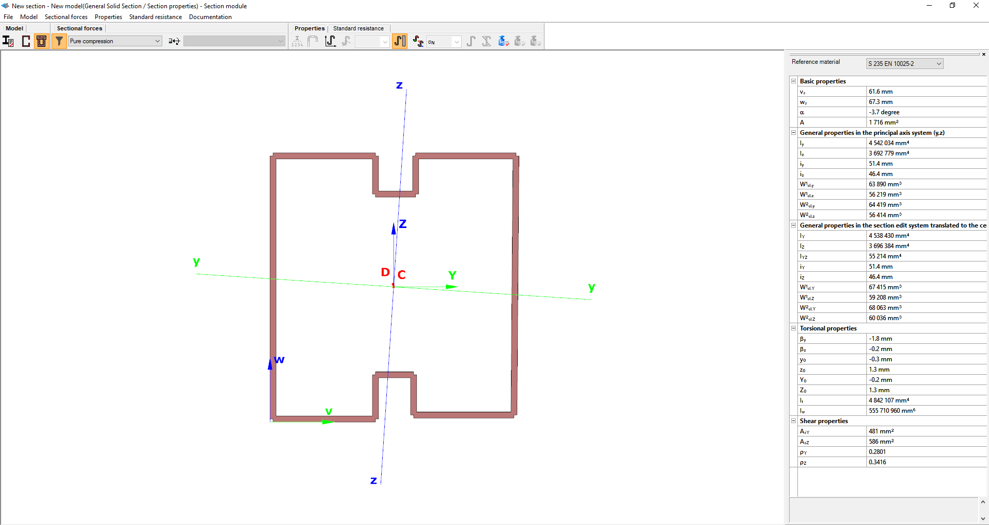
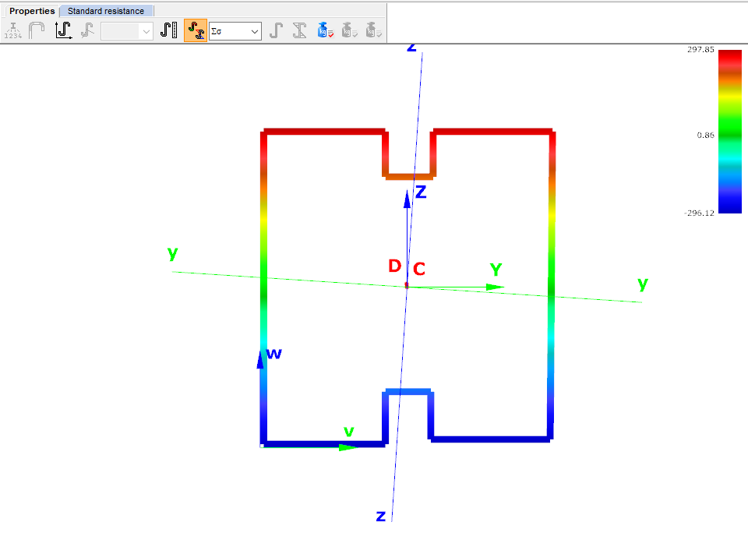
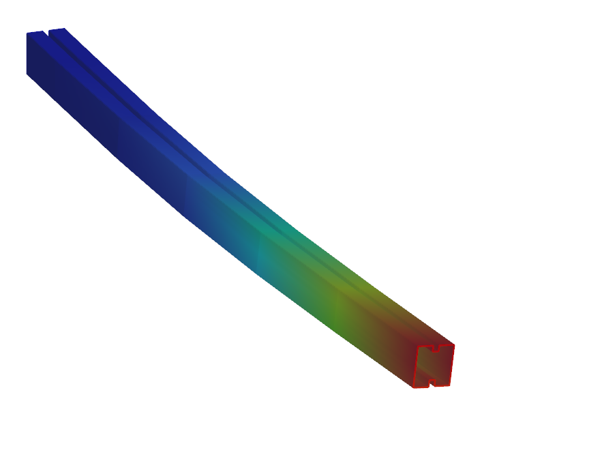
Did you know that you could use Consteel to include in your model a wide range of cold-formed macro sections?
Download the example model and try it!
Download modelIf you haven’t tried Consteel yet, request a trial for free!
Try Consteel for free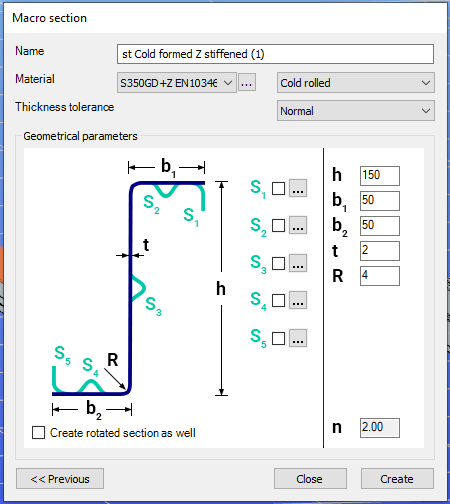
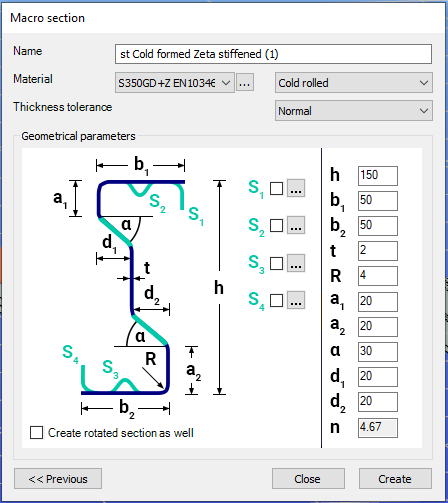

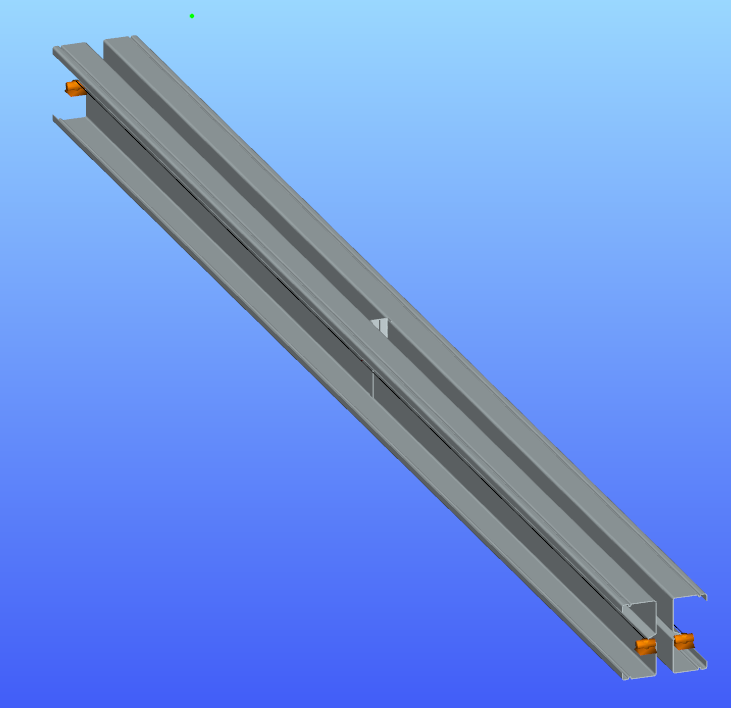
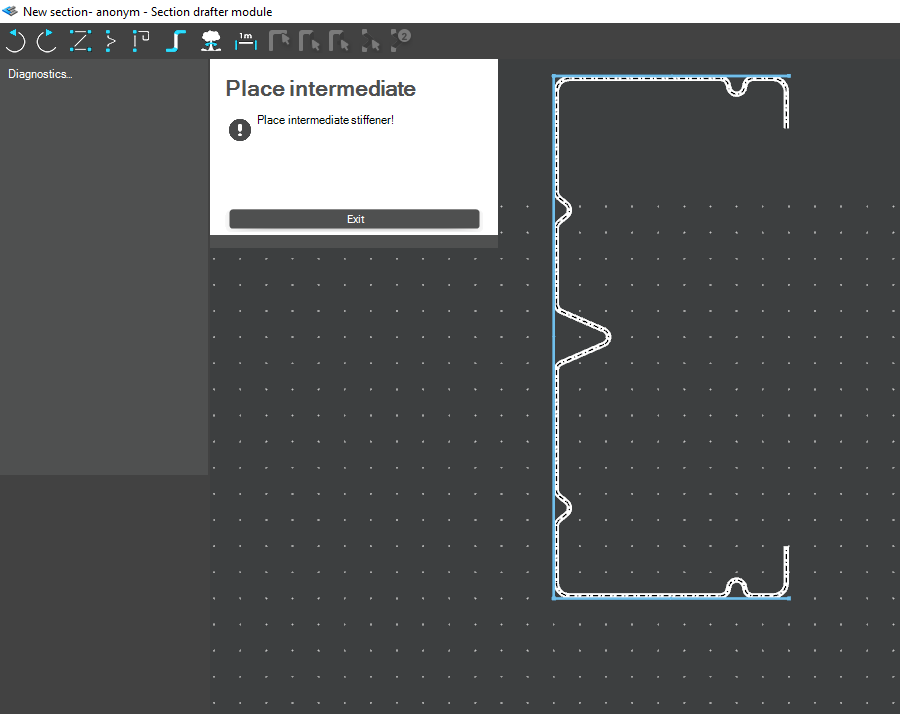
Introduction
It is essential for the effective work of the design engineers to have a model which is easy to overview. In Consteel there are several functions to achieve that such as layers and portions, and also Member coloring by cross-section.
How it works
The color of the displayed objects is now determined by the object style settings in Options.
Layer color can overwrite these settings if the Layer style cell is checked on Layers dialog.
In the case of beam type members, it is also possible to set the color of the object according to the section it has defined. Coloring by member can be set with Object color setting dialog in the right bottom corner:
gate
